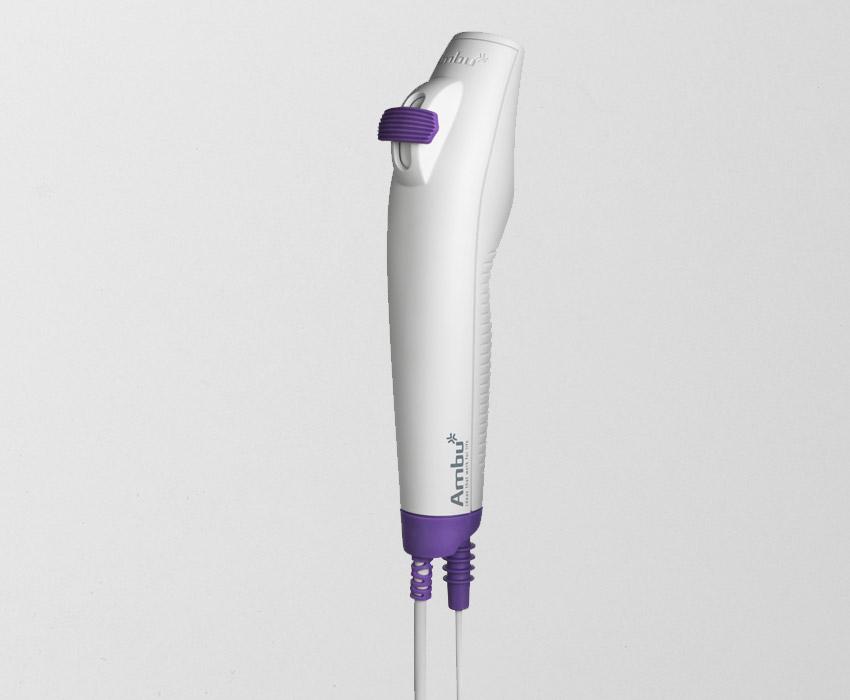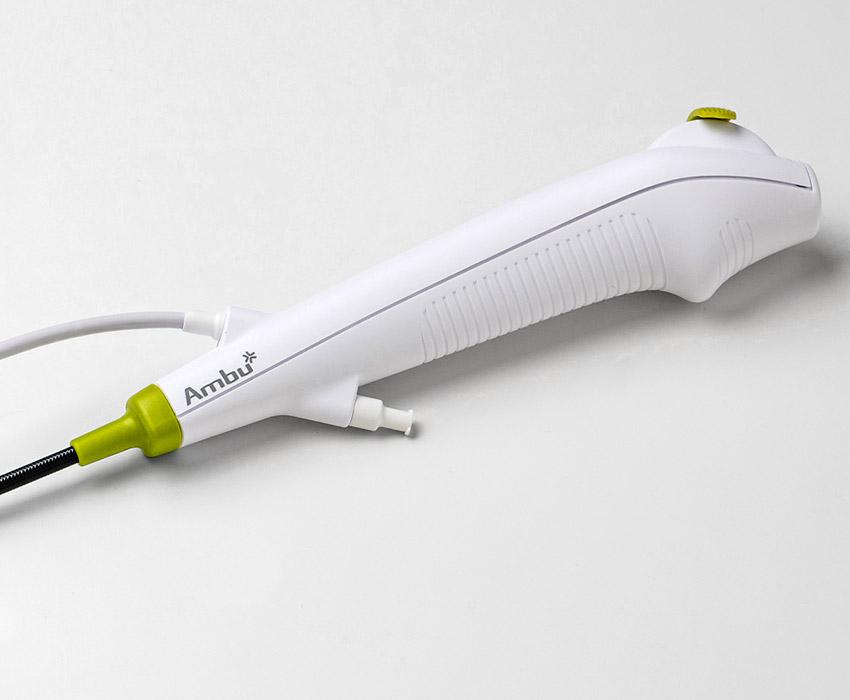We believe healthcare providers deserve a flexible endoscopy solution that is 100 percent sterile.
Now more than ever, health systems and regulators have had to heighten their focus on infection control and patient safety — and with good reason.
While the risk of device-related infection is considered rare, studies show that certain types of flexible endoscopes pose a greater likelihood of microbial transmission and increase the chances of cross-contamination if they are not adequately reprocessed.
There is a better way to perform endoscopy. Healthcare systems deserve a sterile solution that provides convenience, flexibility, and attractive economic benefits. We believe each patient deserves a new, sterile endoscope — and we are proud to help the efforts to increase patient safety around the world.
Ambu is proud to support infection preventionists worldwide as a 2025 APIC Strategic Partner Collaborator.

Learn more about Ambu's Single-Use Endoscopy Solutions
Single-Use Endoscopy Instructions for Use (IFUs)
Gastroenterology
aScope Gastro IFU
aScope Gastro Large IFU
aScope Duodeno 2 IFU
Displaying Units
If the margin of safety for endoscope reprocessing is so small that perfect compliance with >100 pages of the manufacturer’s instructions for use is required, then the endoscope design is too complex, the microbial load is too high, and the process is too unforgiving to be practical in the real world .
William A. Rutala, PhD, MPHX
Single-Use Infection Control Videos and Podcasts
Duodenoscope Contamination: A Systematic Review of The Evidence
Study: Single-Use Bronchoscopes Can Reduce Hospital Readmission Rates by 53%
Dr. Iman Andalib on eliminating patient cross-contamination in ERCP with Single-Use
Evidence-Based Strategies to Eliminate Bronchoscopy-Related Infections
Evidence-Based Strategies to Eliminate Endoscopy-Related Infections in a Urinary Health Practice
Evidence-Based Strategies to Eliminate ERCP-Related Infections






